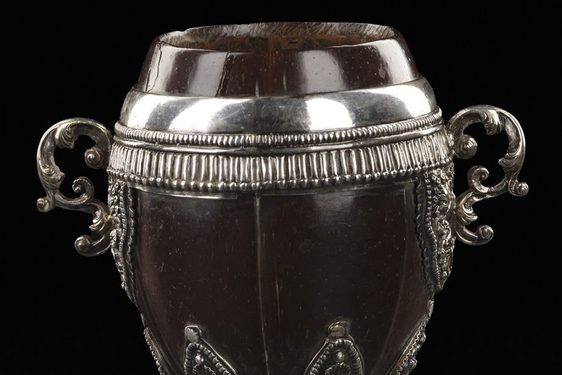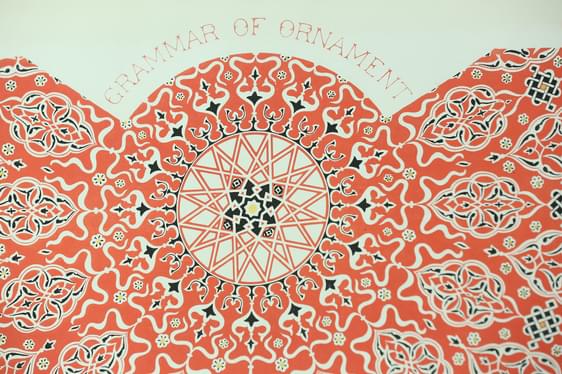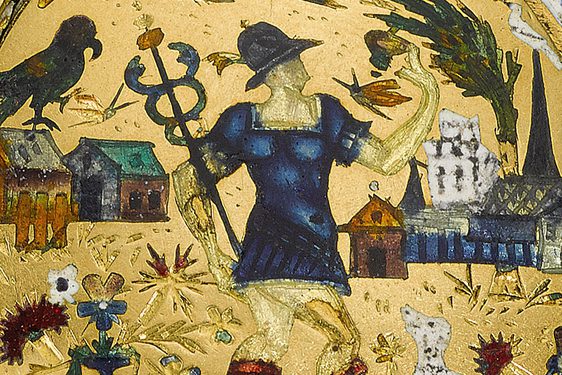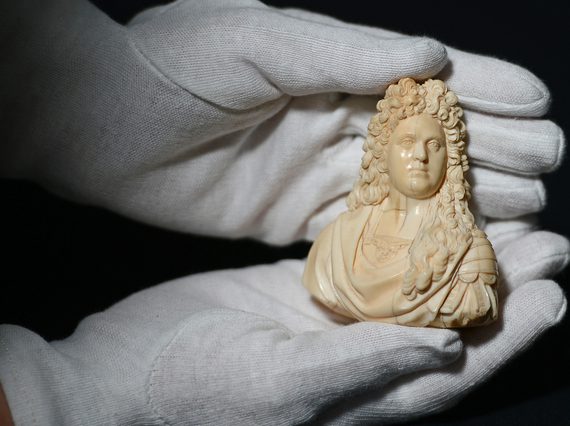
David Le Marchand’s ivories: A unique set of family portraits
News Story
Carved by virtuoso ivory sculptor David Le Marchand, these portraits represent a family. A unique set, we discover the story behind the subjects and the artist.
Who was important enough to carve in ivory?
Ivory portraits were extremely fashionable in the 17th and 18th centuries. The immigrant French sculptor David Le Marchand alone counted some of society’s biggest names amongst his clients. They included King George I, the Duke of Marlborough and Sir Isaac Newton in London, and the Earl of Cromartie and the Duke of Perth in Edinburgh.
The set in the National Museum of Scotland commemorates the Earls of Cromartie and their family. They were commissioned by George Mackenzie, 1st Earl of Cromartie, in 1696. He had an extensive political career, serving as Lord Advocate and then Secretary of State for Scotland. A lover of the arts and science, George was a founding member of the Royal Academy of Science. He also advised Sir Robert Moray during the foundation of the Royal Society.
Included in the group is a portrait bust of George's eldest surviving son, John Mackenzie, 2nd Earl of Cromartie, who was known for political intrigue. He plotted against the Hanoverian government, in the process murdering a Hanoverian spy. He only escaped execution thanks to his father.
Image gallery

Portrait bust of John Mackenzie, 2nd Earl of Cromartie (1656-1731). Museum reference K.2015.34.
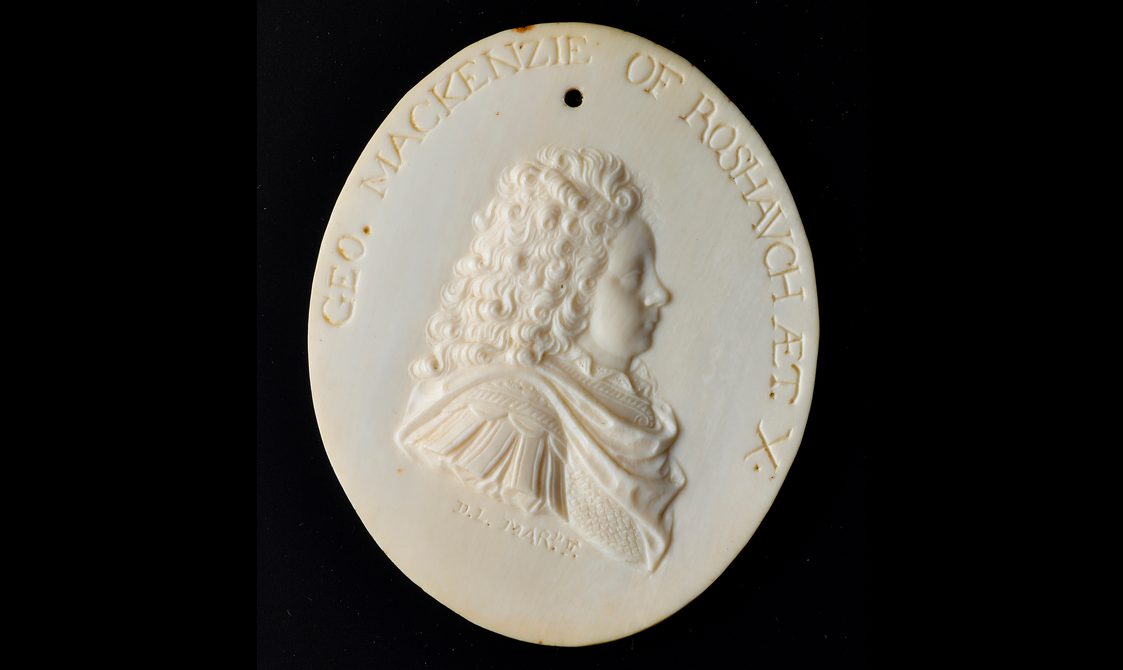
Relief plaque of George Mackenzie of Rosehaugh (1686-1707). Museum reference K.2015.38.1.
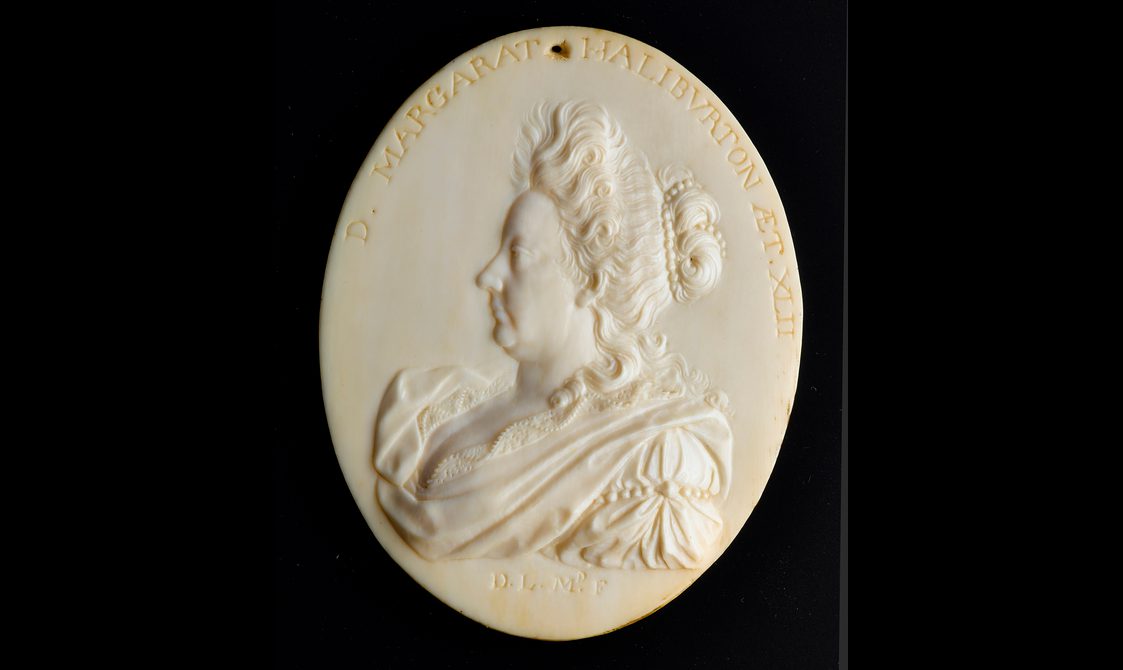
Relief plaque of Lady Margaret Mackenzie of Rosehaugh (1654-1713). Museum reference K.2015.37.1.
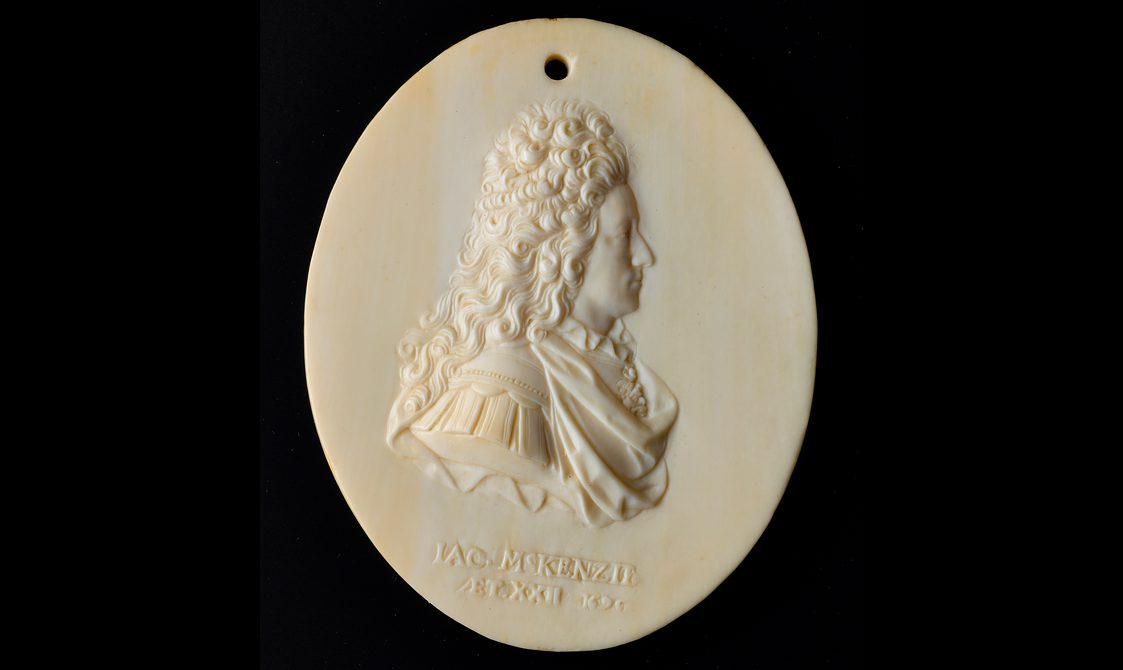
Relief plaque of Sir James Mackenzie of Rosehaugh (c. 1671-1744). Museum reference K.2015.36.1.
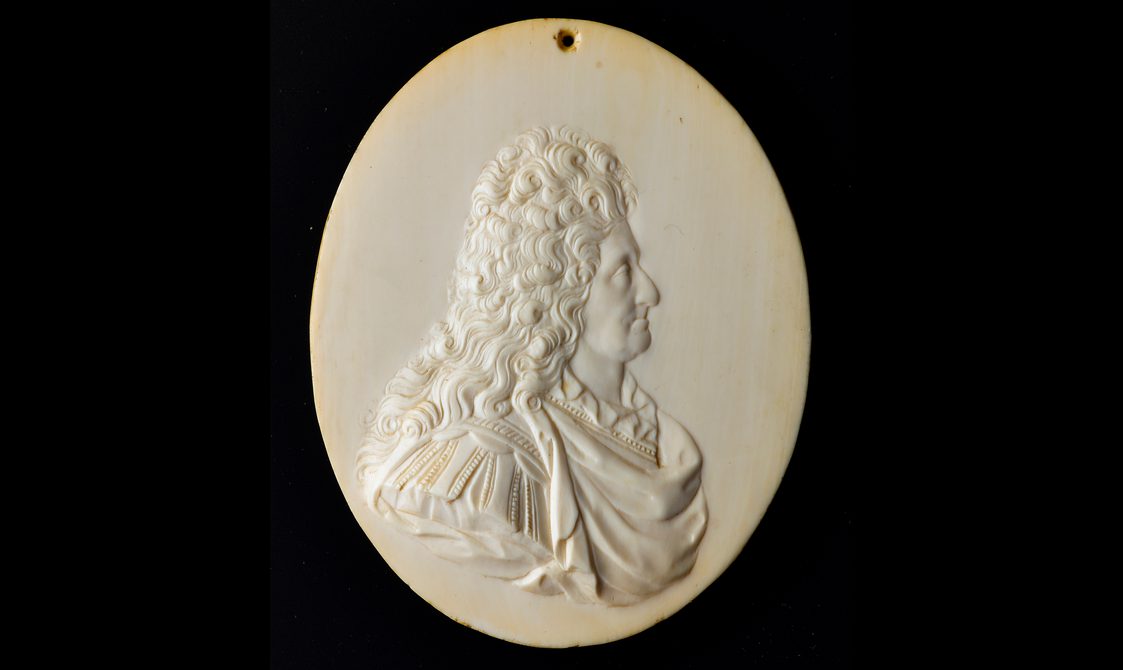
Relief plaque of George Mackenzie, 1st Earl of Cromartie (1630-1714). Museum reference K.2015.35.1.
Who was David Le Marchand?
Born in 1674, David Le Marchand was an ivory sculptor and Huguenot (French Protestant) refugee. He grew up in the French town of Dieppe, entry port for the West African ivory trade and famed for its exquisite carvings during the 17th century. Le Marchand learned the craft from his father and brothers.
After the Edict of Nantes was revoked in 1685, life in France became increasingly dangerous for Protestants like Le Marchand. He fled France and settled in Scotland during 1696. Granted a licence for ivory carving in Edinburgh, his fame quickly spread. By 1700 he had moved to London, where he became one of most fashionable ivory portraitists of the age. Sadly, he seems to have died in poverty.
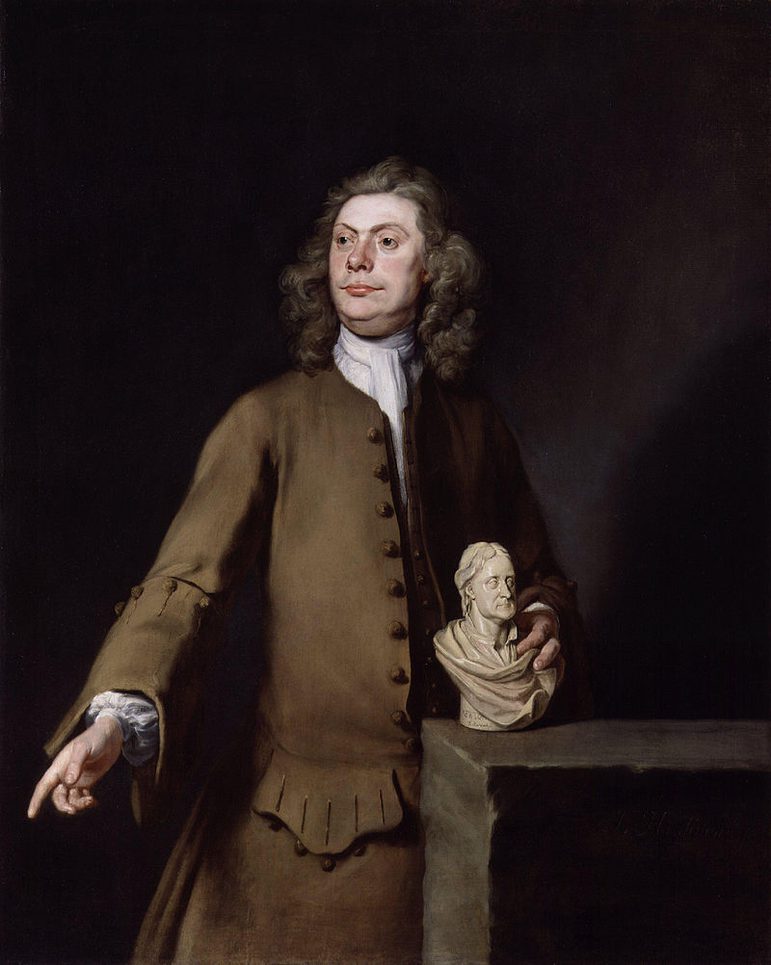
Why are these ivories so important?
David Le Marchand was one of the most important Baroque ivory carvers. His work captured the spirit of the age, committing his sitters to ivory with outstanding detail and expressiveness.
Although Le Marchand was prolific in London, very little is known about what he produced in Edinburgh. The Mackenzie family ivories are unique Scottish examples: a unified set of important works by Le Marchand, with a matchless family provenance. Before being acquired by the Museum, they had passed down the generations and been preserved at the family seat, Castle Leod, for over 300 years.
The ivory portraits of the Mackenzie family are on display in the Art of Living Gallery at the National Museum of Scotland.
